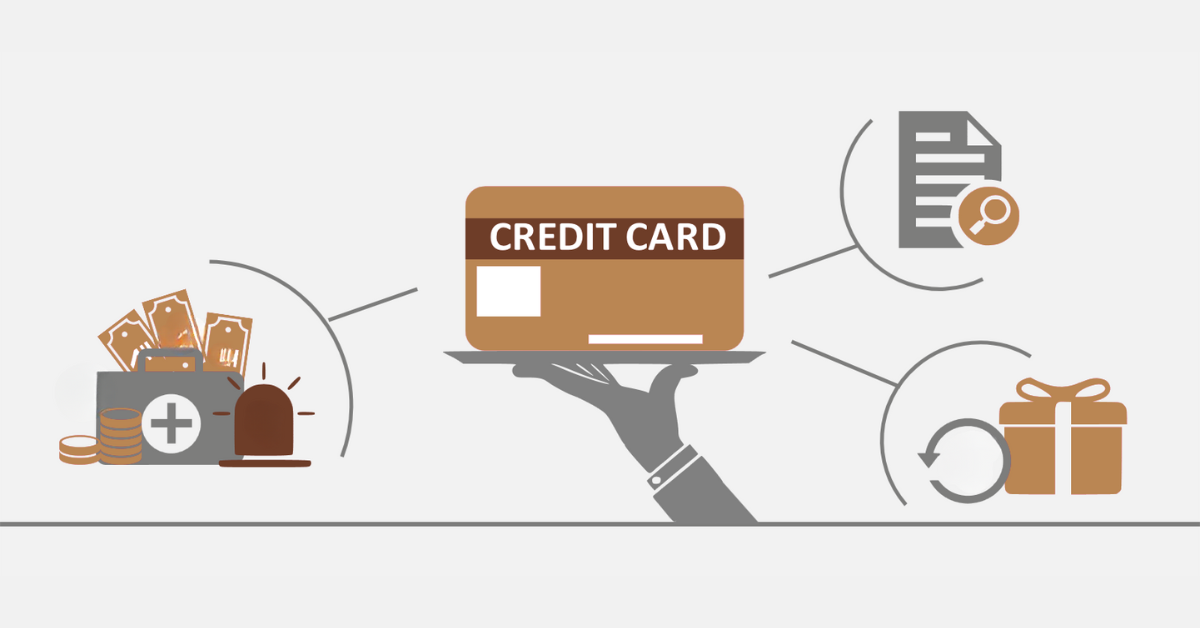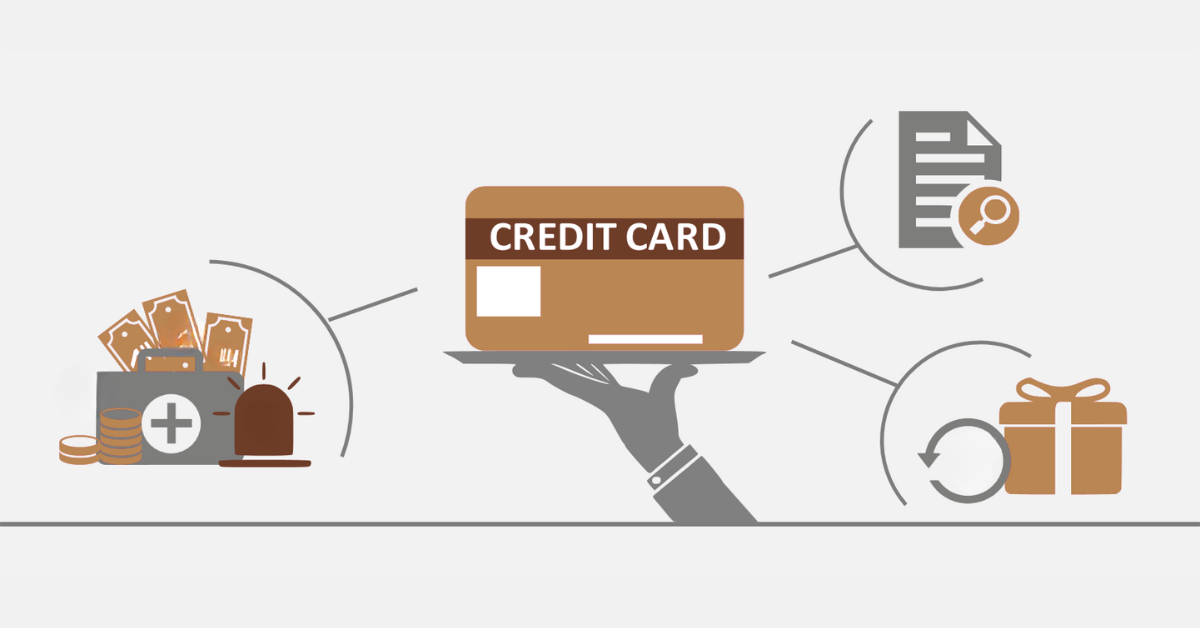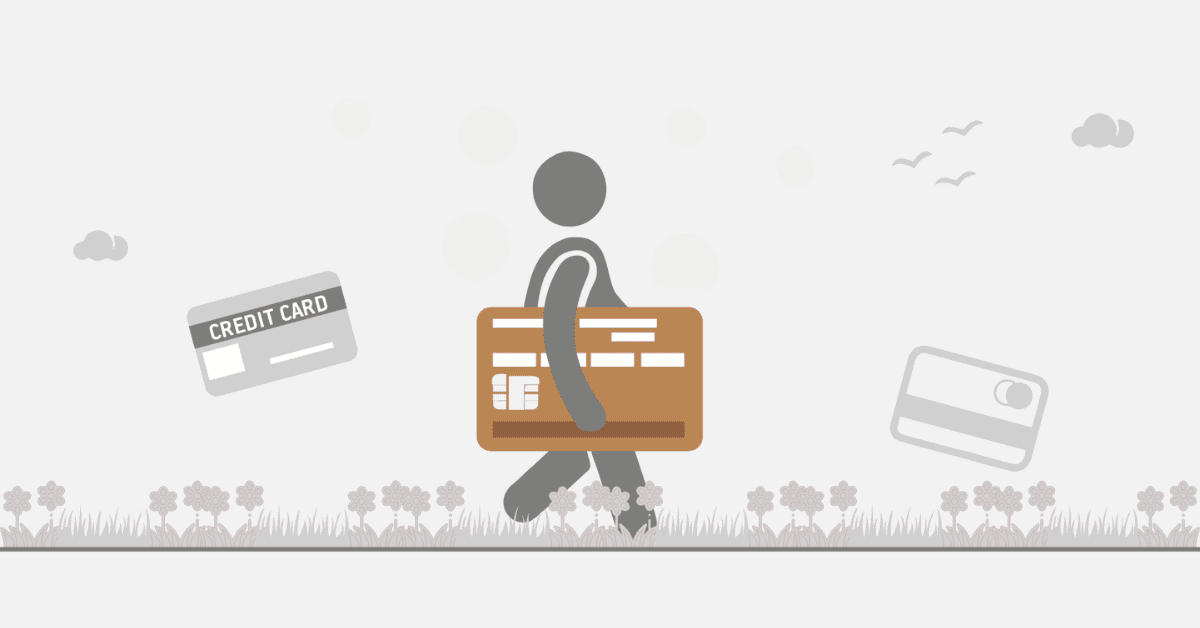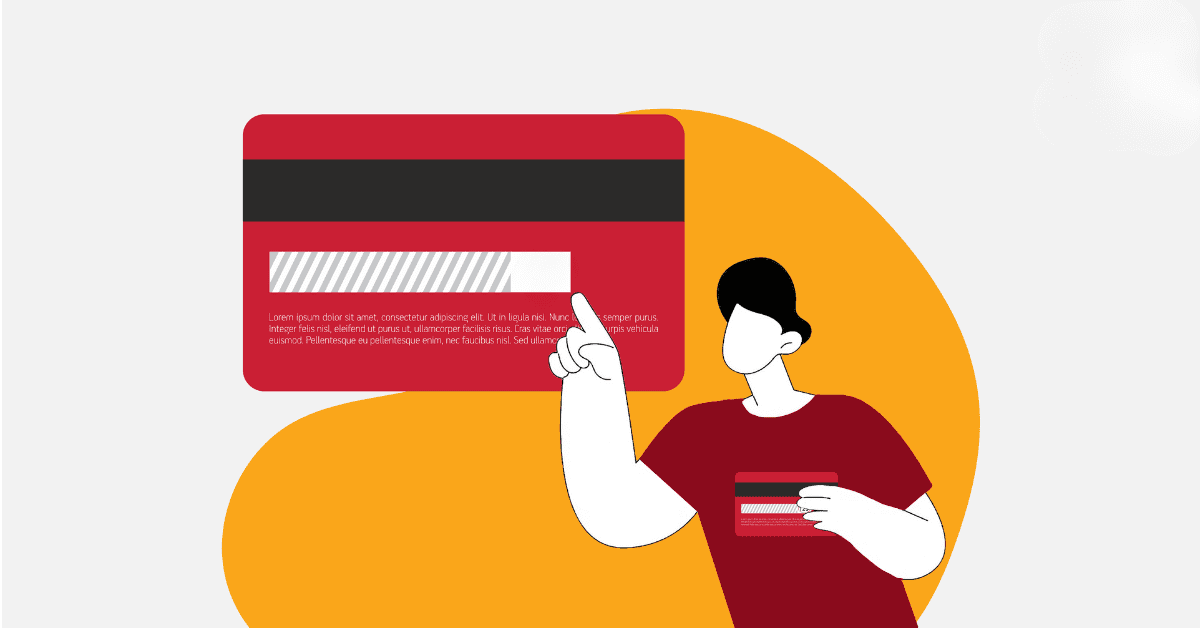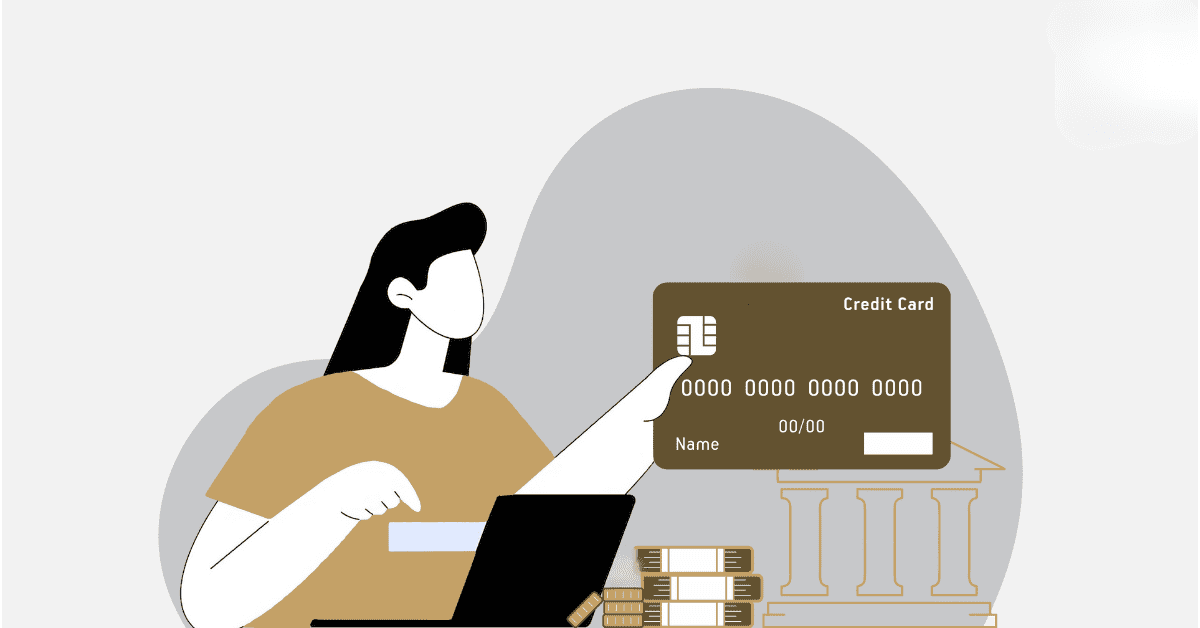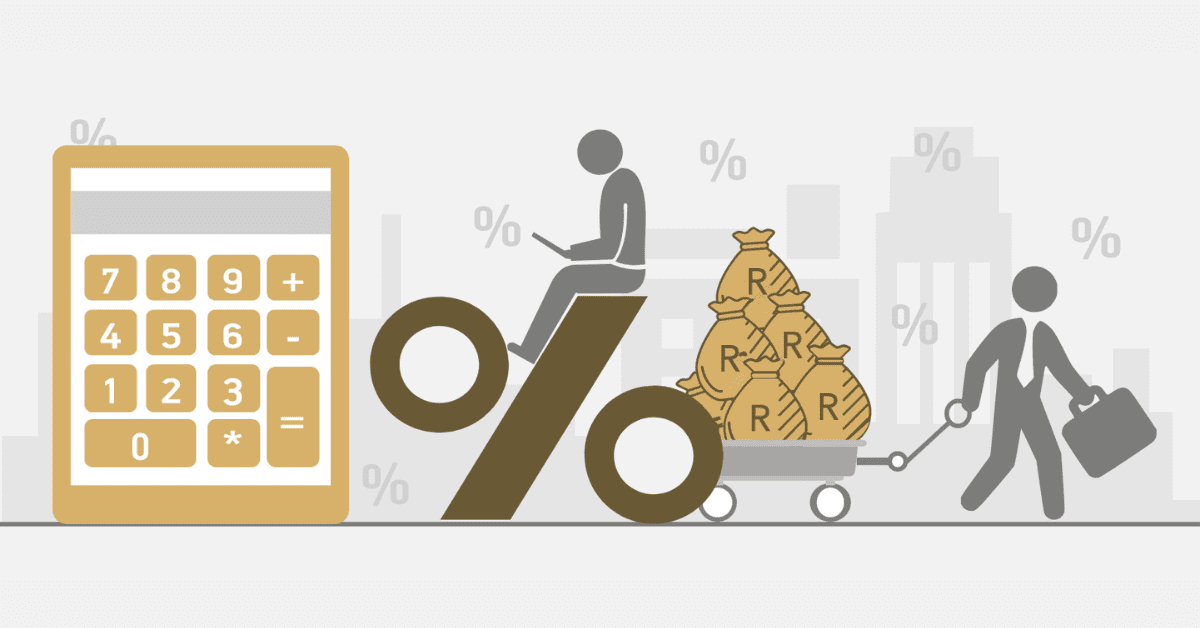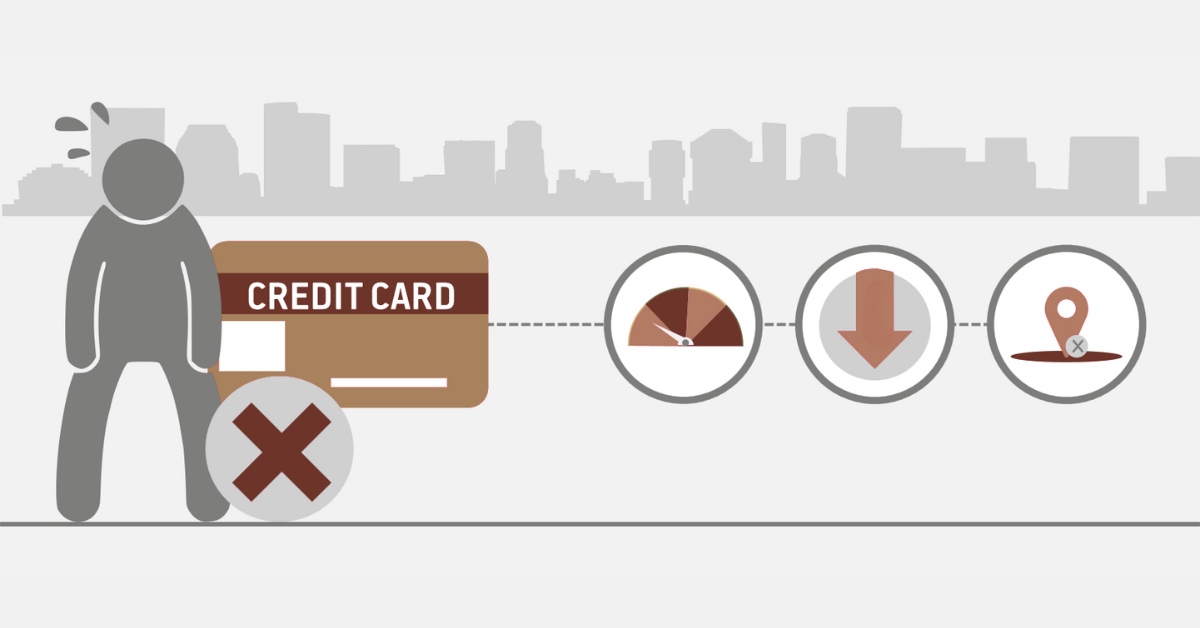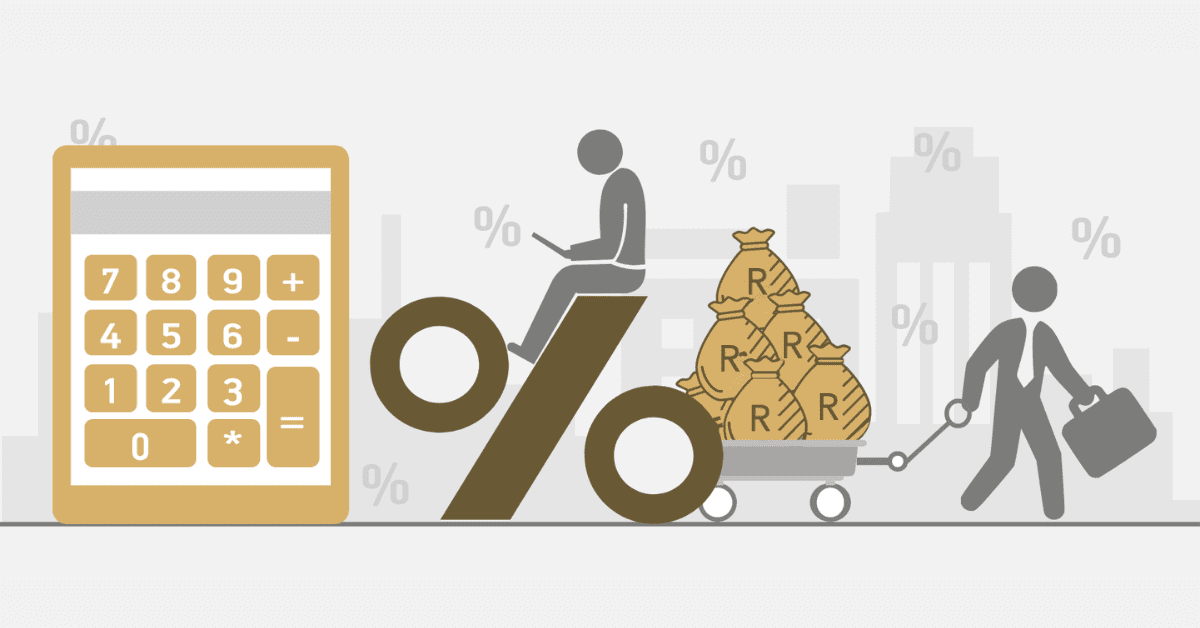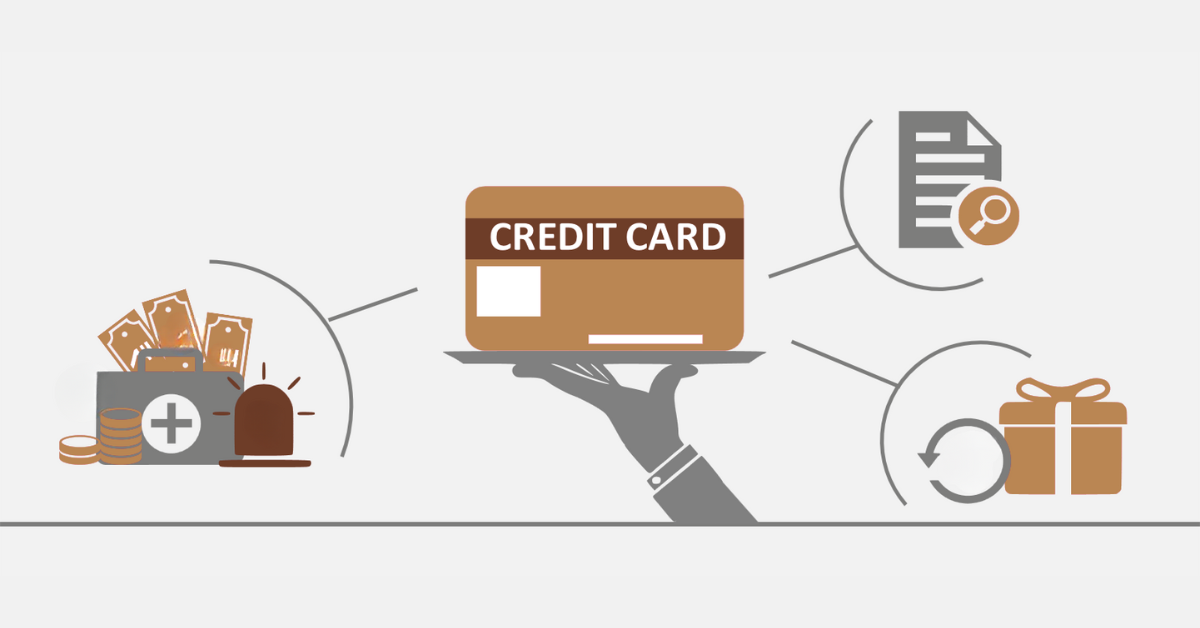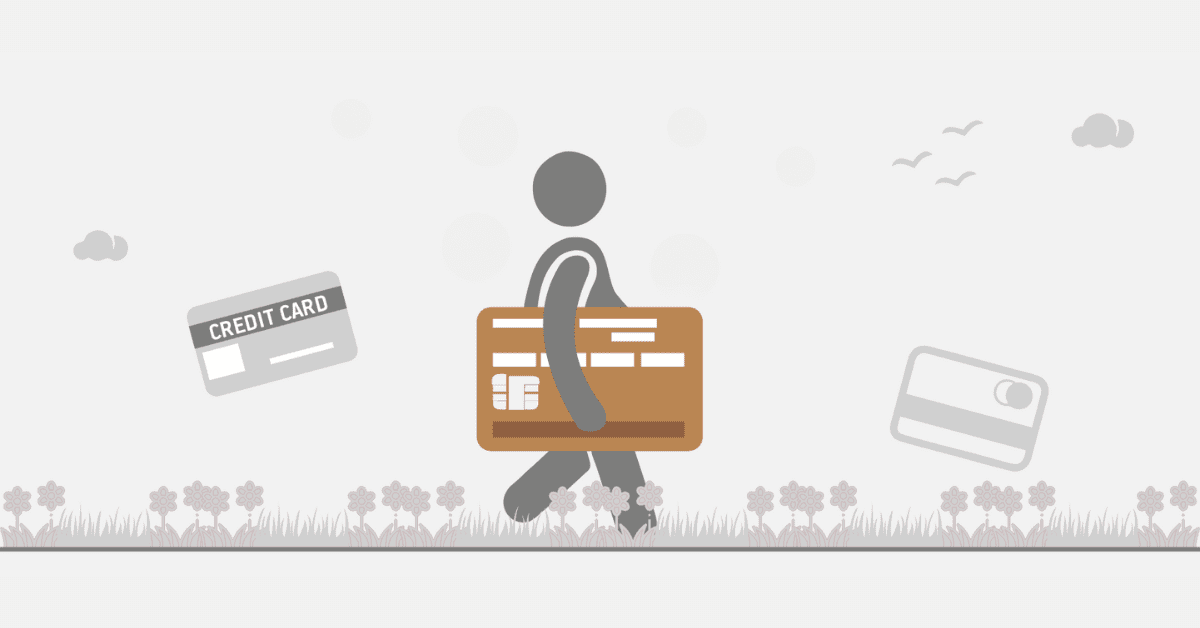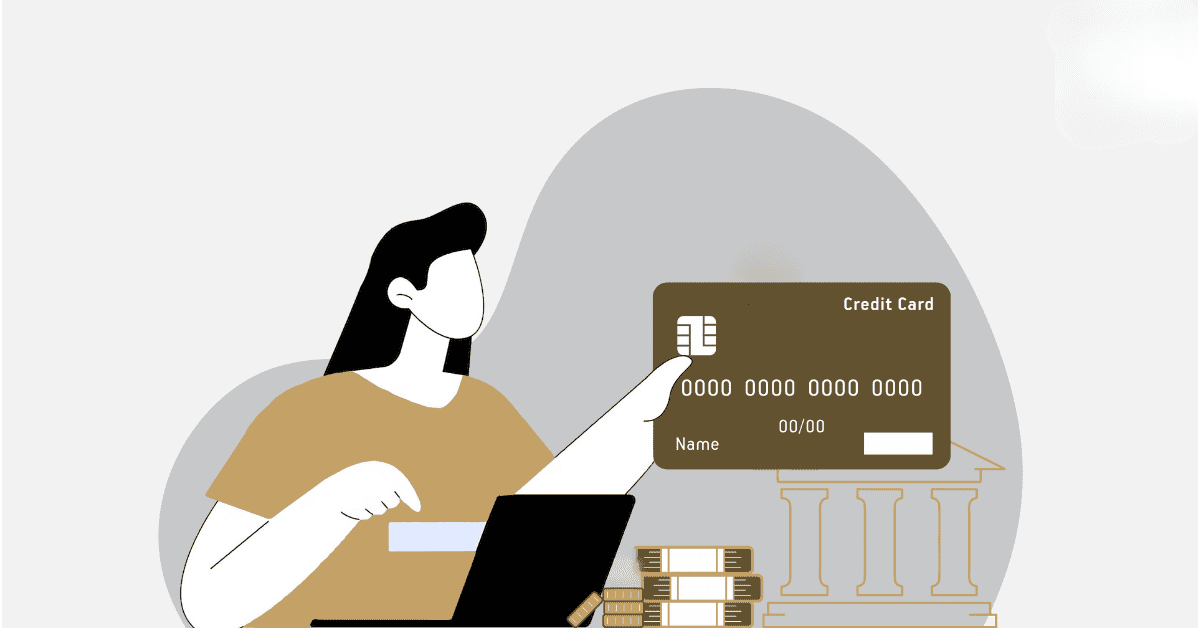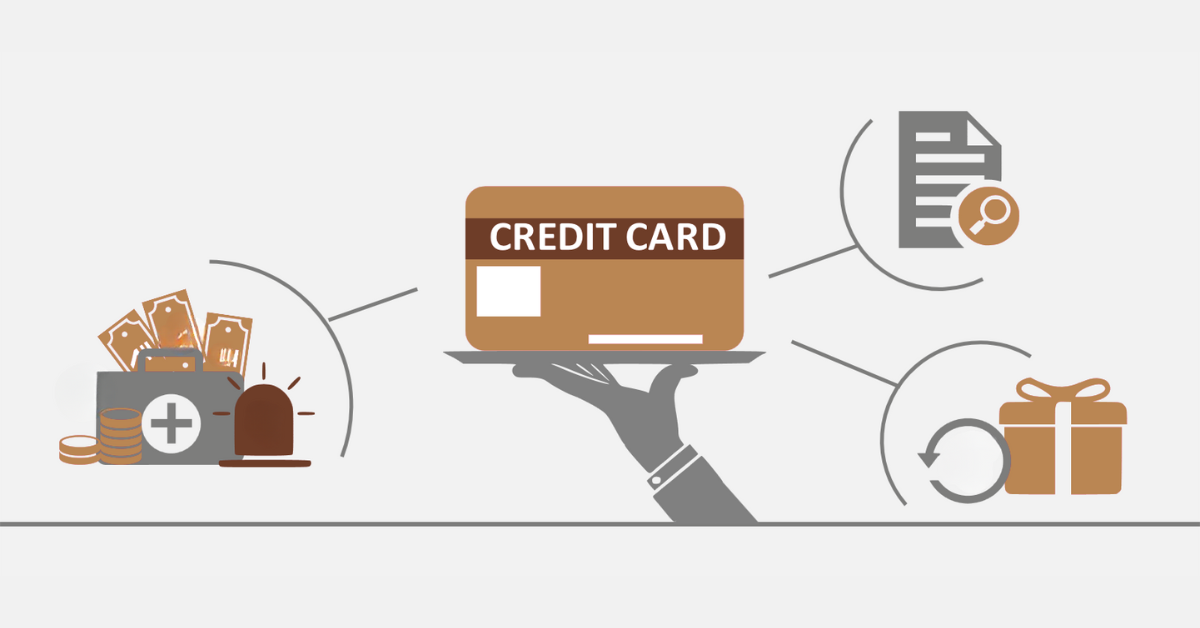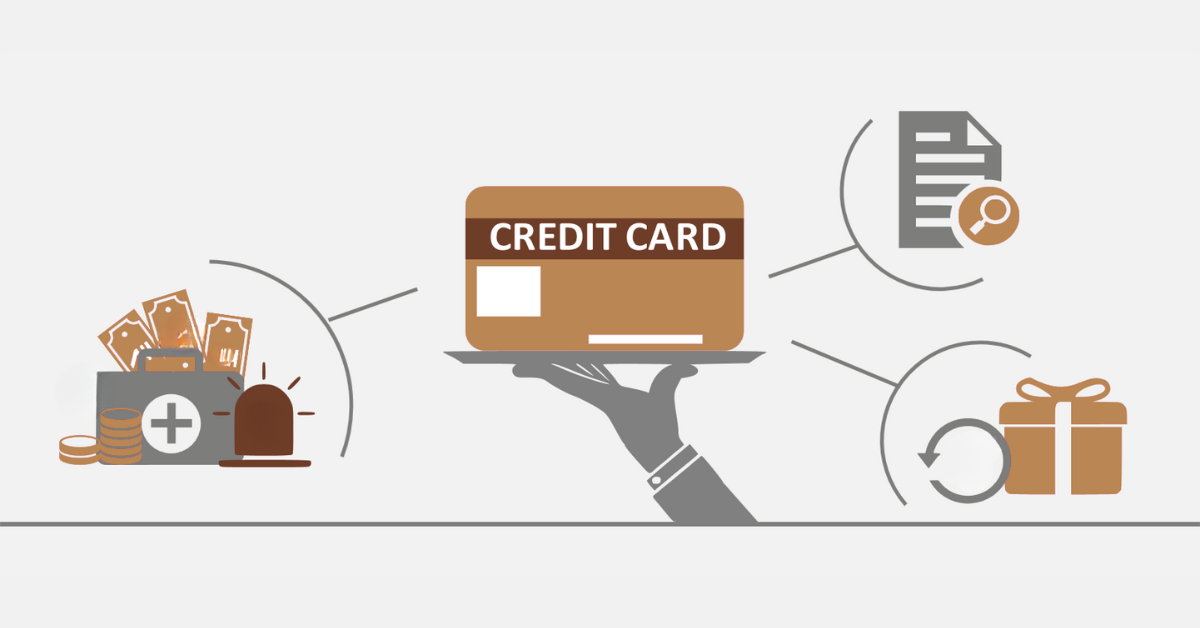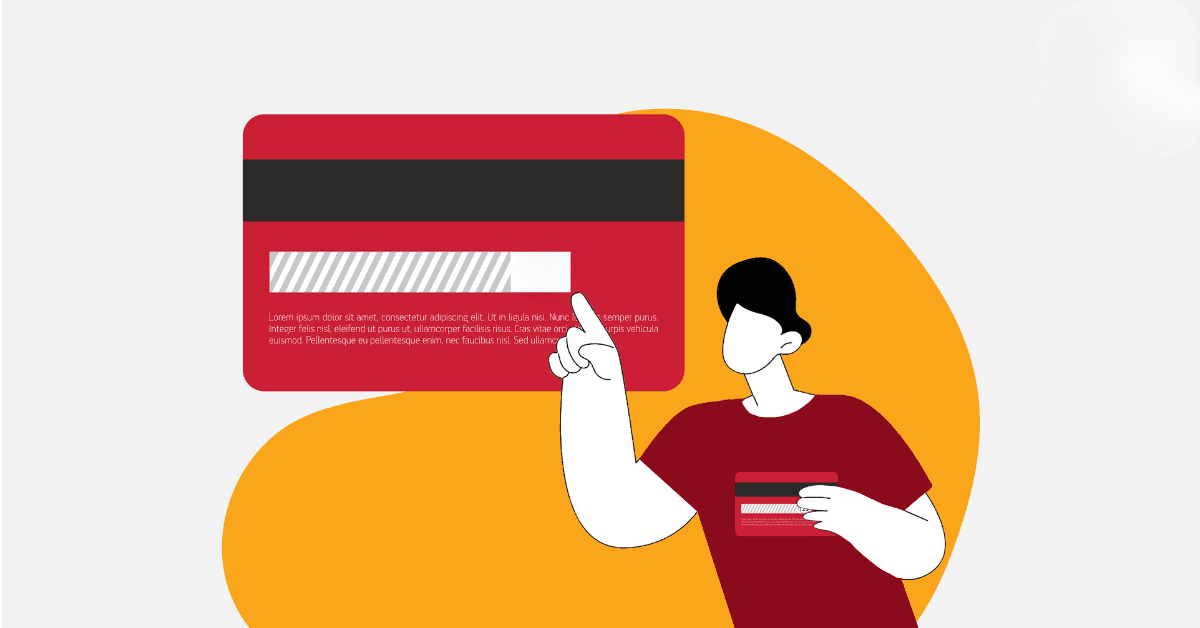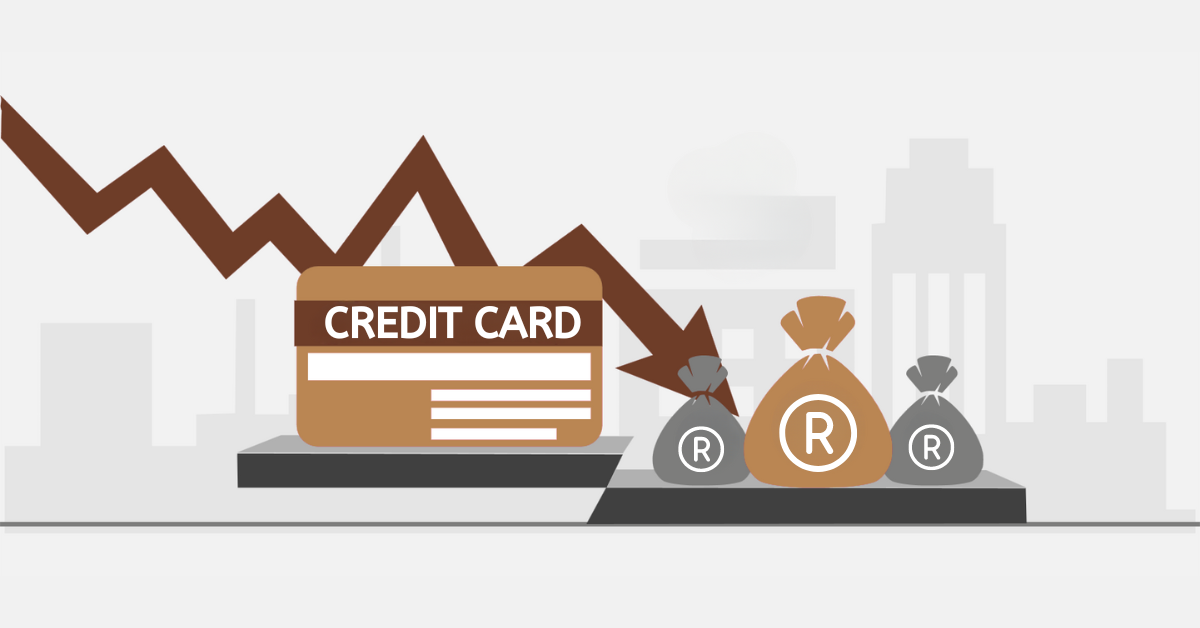In South Africa, credit card payment reversal is a consumer right that is protected under the chargeback process. This financial safety support is intended for customers to extricate money from unsatisfactory, incorrect, or fraudulent transactions. The mechanism is set in motion when a card user disputes a charge on their bill, and the card issuer undertakes an investigation.
The process of chargebacks can be difficult, involving detailed information about the reason for the dispute and an accurate explanation. It is a crucial instrument of consumer protection that aims to prevent the situation when people pay for products and services they have not received or for transactions they did not authorize. The cardholder’s chances of winning a chargeback depend on the ability to show a transaction was unaccounted for or possibly malicious.
It is pivotal for consumers to be aware of their rights and the process of this process. They also need to know how they can effectively manage their finances and protect themselves from potential financial losses.
How Do You Reverse Credit Card Payments?
To initiate a credit card payment reversal in South Africa, the initial step is to review your credit card statement thoroughly to spot any differences or unauthorized transactions. After you have precisely established the problem, immediately call your bank or credit card issuer to alert them about the charge being disputed.
To speed up the verification process, it is very important to have everything regarding the transaction, such as the date, amount, and the name of the merchant at hand. State your reasons for wanting to challenge the charge straightforwardly, whether it’s because of the non-delivery of goods or services, wrong billing, or suspected fraud. Next, you will be given the required forms to complete the steps for a chargeback request.
You must keep communication with your bank open and be ready to present extra information or documents at any time when required. Ensure that you keep records of all correspondence on this chargeback matter, as it may be beneficial in case the dispute needs further review or higher levels of adjudication. Having a deep comprehension of the chargeback process and your issuer’s specific policies will greatly enhance your chances of getting a fair result.
How Do You Get Your Cash Back from Credit Card Payments?
The first step to stopping charge plate charges is filing a written dispute with your issuer. Such a dispute would involve the issuer checking the validity of your claim by cross-checking the merchant’s records. To make your claim look convincing, it’s essential to present a solid case with evidence like receipts, emails, or proof of return. The issuer is responsible for acting as a medium between you and the merchant’s bank, checking the transaction for any misrepresentation or violation of the contract.
If the merchant cannot repudiate your claim, the issuer will then process the reversal of the transaction and reverse the transaction amount into your credit card account. This could be the shortest and long-term process. Hence, be patient and persistent. In certain cases, one may receive a provisional credit to their account as a result of the dispute, which will be temporary, providing a short-term relief from the financial burden. Therefore, keep track of your account and statements on an ongoing basis during this time. This is pivotal to be sure that the refund has been processed smoothly.
How Long Do You Have to Process a Credit Card Payment Reversal?
The time limit for starting a chargeback on this payment is always 45 days from the day the transaction happened. However, this time can also vary according to the card issuer’s policies and the specifics of the dispute. Swift action on the part of transaction monitoring is critical to a successful refund. Deferring the dispute process may make the process more complicated and undermine your position.
In some specific situations, like extended travel or a halt in delivery, exceptions to the original timeframe may occur. It’s always recommended to acquaint yourself with the specific time limits set for chargebacks by your credit card issuer to avoid losing the opportunity for a chargeback. If you find yourself outside the close-out period, you are encouraged to consult your issuers to discuss potentially alternative solutions. Maintaining a proactive attitude and keeping a detailed record of all transactions can be useful in managing these urgent situations.
Can You Ask Your Bank to Process a Payment Reversal?
Yes, it’s possible when an error has been made on your plate in making a payment. Also, you can do it if a fraudulent charge has been made on your card. You can request a payment reversal from your bank. The mechanism, known as chargeback, is a formal process that enables you to challenge a transaction and get reimbursement. It is critical to be ready with a clear reason and evidence to present to the bank when going to request a reversal. The bank, generally speaking, will request you to fill in a form specifying the disputed transaction and your grounds for challenging it.
Thoroughly documenting, for instance, transaction receipts or conversations with the merchant can boost your credibility. The bank’s purpose is to verify the validity of your claim and coordinate with the merchant’s bank to determine the most appropriate action. If the bank acknowledges your claim to be reasonable, they will reverse, restoring the disputed amount to your bank account. It is of paramount importance to keep in touch with the bank from time to time in order to keep yourself updated on the status of your reversal request and any required additional information.
